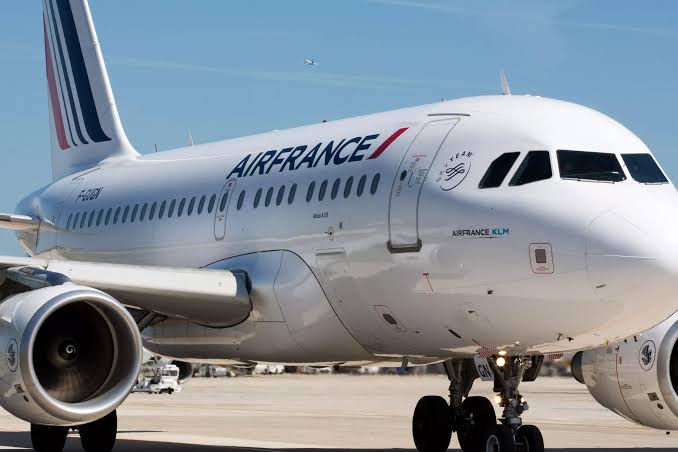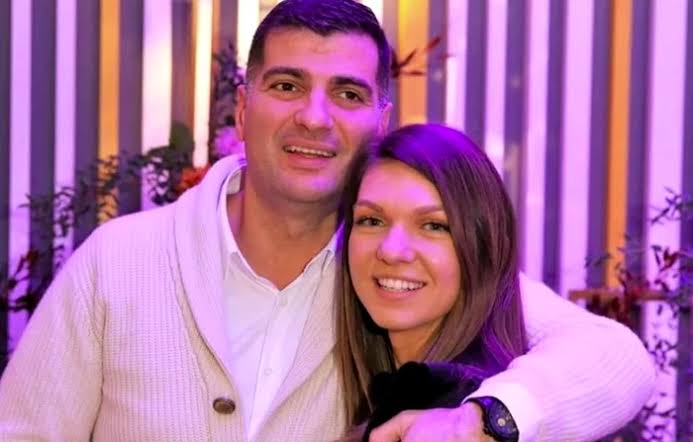Air France -Flight Makes Belly Landing
Air France- Flight Makes Belly Landing: All Passengers Safe Amid Scare
In a dramatic turn of events, an Air France-KLM commercial flight made an emergency belly landing on Sunday afternoon after suffering a critical landing gear malfunction. The aircraft, a Boeing 737 operating as Flight AF1278 from Amsterdam to Marseille, skidded to a stop on its fuselage at Marseille Provence Airport with 142 passengers and 6 crew members onboard. Miraculously, no serious injuries were reported.
### A Terrifying Turn Mid-Air
According to initial reports from airline officials, the flight departed Amsterdam Schiphol Airport at approximately 12:20 p.m. local time and was scheduled to arrive in Marseille around 2:10 p.m. Roughly 30 minutes before landing, the flight crew noticed irregularities while attempting to lower the landing gear.
The flight crew, led by Captain Louis Deschamps, a veteran pilot with over 18 years of experience, immediately initiated standard emergency protocols. The cockpit notified air traffic control and began a holding pattern near the Mediterranean coast to troubleshoot the issue and prepare the aircraft and passengers for a possible emergency landing.
“We were informed by the pilot that there was a problem with the landing gear and that we might have to brace for impact,” said passenger Clara Dubois, a 34-year-old business consultant traveling for work. “There was a lot of fear, but the crew stayed incredibly calm and gave us step-by-step instructions. That really helped.”
### The Emergency Landing
Emergency services at Marseille Provence Airport were placed on high alert. Fire trucks, ambulances, and response teams lined the runway in preparation for the aircraft’s arrival. The pilot performed a low-altitude flyby to allow ground personnel to visually confirm that the landing gear was not deployed.
At 2:18 p.m., the aircraft made its final approach. Video footage from onlookers shows the plane gliding smoothly before making contact with the runway on its belly, sending sparks flying and smoke trailing behind. The crew executed a textbook belly landing — the plane slid several hundred meters before coming to a halt. The cabin filled briefly with smoke, but no fire broke out thanks to the swift action of the emergency response teams.
Within moments, passengers were evacuated via emergency slides and guided to safety. Local medical teams treated several individuals for minor bruises and shock, but none required hospitalization.
### Investigation Underway
The French Bureau of Enquiry and Analysis for Civil Aviation Safety (BEA) has launched an investigation into the incident. According to a preliminary statement from Air France-KLM, the issue appears to have stemmed from a mechanical failure in the landing gear deployment system, but the airline emphasized that it was too early to determine the exact cause.
“Safety remains our highest priority,” said Anne Rigail, CEO of Air France. “We commend the professionalism of the flight crew and the emergency services at Marseille Provence Airport. We are fully cooperating with aviation authorities to understand what went wrong and to prevent this from happening again.”
Aircraft manufacturer Boeing also issued a statement, offering full support to the ongoing investigation. The specific model involved, a Boeing 737-800, has a strong safety record, but this incident is likely to bring renewed scrutiny to maintenance and system monitoring protocols.
### Heroic Crew Response
Experts have praised the crew’s handling of the crisis. Aviation analyst Jean-Luc Martin said the safe landing without gear was “a testament to excellent training and composure under pressure.”
“It’s extremely difficult to land a jetliner on its fuselage without causing a fire, structural collapse, or worse,” Martin noted. “This crew performed to the highest professional standard. They prevented what could have been a tragedy.”
Passengers echoed that sentiment, with many describing the flight attendants as calm, supportive, and well-prepared. One traveler, 67-year-old retired teacher Paul Van der Meer, credited the flight staff with saving lives.
“They walked us through everything. They were checking seatbelts, explaining how to brace, comforting those who were scared,” Van der Meer said. “They’re the real heroes.”
### Aftermath and Next Steps
Air France-KLM arranged accommodations for passengers and is providing mental health support to those affected. Most travelers were rebooked on later flights or offered alternative transportation to their final destinations.
The incident has reignited conversations about aviation safety, particularly around aircraft maintenance and aging fleet components. Though air travel remains statistically one of the safest forms of transportation, high-profile incidents like this serve as a reminder of the importance of rigorous inspection protocols and investment in newer technology.
Air France-KLM has committed to a full internal review and will provide updates as the investigation progresses. For now, the focus remains on ensuring the well-being of the passengers and crew, all of whom are being hailed for their courage and cooperation during the crisis.
### Public Reaction
News of the belly landing quickly went viral, with social media flooded with praise for the pilot and crew. Videos of the landing garnered millions of views within hours, while hashtags like #AF1278 and #AirFranceHero trended across platforms.
French Transport Minister Clément Beaune issued a statement commending the crew and emergency responders: “Thanks to the skill and professionalism of those involved, a potentially devastating accident was avoided. This reminds us of the exceptional standards and human dedication behind civil aviation.”
### A Narrow Escape
While the investigation may take weeks or months to conclude, one fact is already clear: Flight AF1278’s successful belly landing was nothing short of remarkable. In the face of mechanical failure and imminent danger, the coordinated response between pilots, cabin crew, and ground services turned a potential disaster into a story of survival and heroism.
As the passengers begin to recover and aviation authorities dive into the technical details, this incident will likely serve as a case study in flight safety training for years to come.






